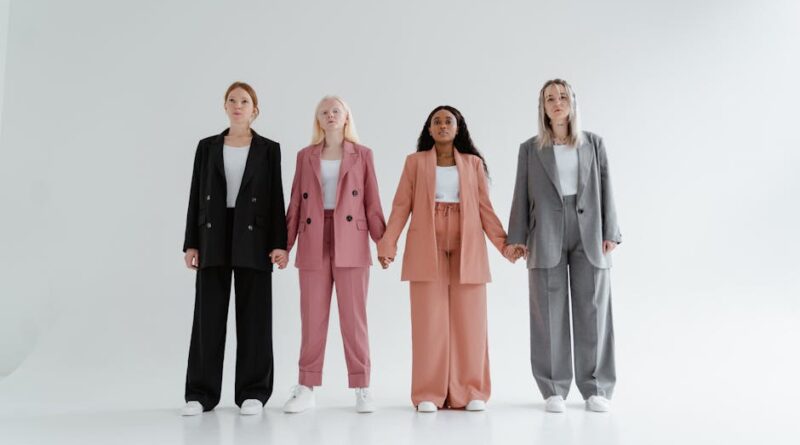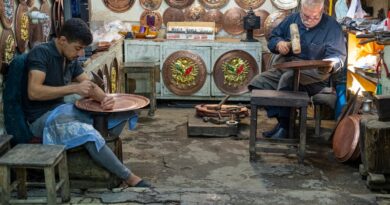Inclusive Fashion Movements: Embracing Diversity and Empowering Change
Welcome to the world of inclusive fashion movements, where diversity is celebrated, and empowerment takes center stage. In a society that is becoming increasingly aware of the importance of representation and inclusivity, the fashion industry is no exception. From body positivity to gender neutrality, from adaptive clothing to sustainable fashion, inclusive fashion movements are reshaping the way we think about style, beauty, and identity.
But what exactly are inclusive fashion movements, and why are they so important? In this comprehensive guide, we will delve deep into the world of inclusive fashion, exploring its various facets, from historical background to current applications, and shedding light on the key players and trends driving this transformative movement forward.
The Rise of Inclusive Fashion
Inclusive fashion is a movement that aims to create clothing and accessories that cater to a diverse range of body types, abilities, genders, and identities. It seeks to challenge traditional notions of beauty and style, promoting inclusivity, accessibility, and representation for all. The roots of inclusive fashion can be traced back to the early 20th century, with the emergence of plus-size fashion and the push for more size-inclusive clothing options.
Over the years, inclusive fashion has evolved to encompass a wide range of movements and initiatives, from the push for more diverse models on the runway to the rise of gender-neutral clothing lines. Today, inclusive fashion is more than just a trend; it is a powerful force for change, challenging the status quo and redefining the fashion industry from the inside out.
Body Positivity and Size Inclusivity
One of the most prominent aspects of inclusive fashion is the body positivity movement, which seeks to challenge society’s narrow standards of beauty and promote self-love and acceptance for all body types. In recent years, we have seen a surge in body-positive campaigns and initiatives, with brands like Aerie and Savage x Fenty leading the way in celebrating diverse bodies and challenging unrealistic beauty standards.
Size inclusivity is another key component of the body positivity movement, with more and more brands expanding their size ranges to cater to a wider range of body types. From extended sizing options to custom-fit clothing services, the fashion industry is slowly but surely becoming more inclusive of all shapes and sizes.
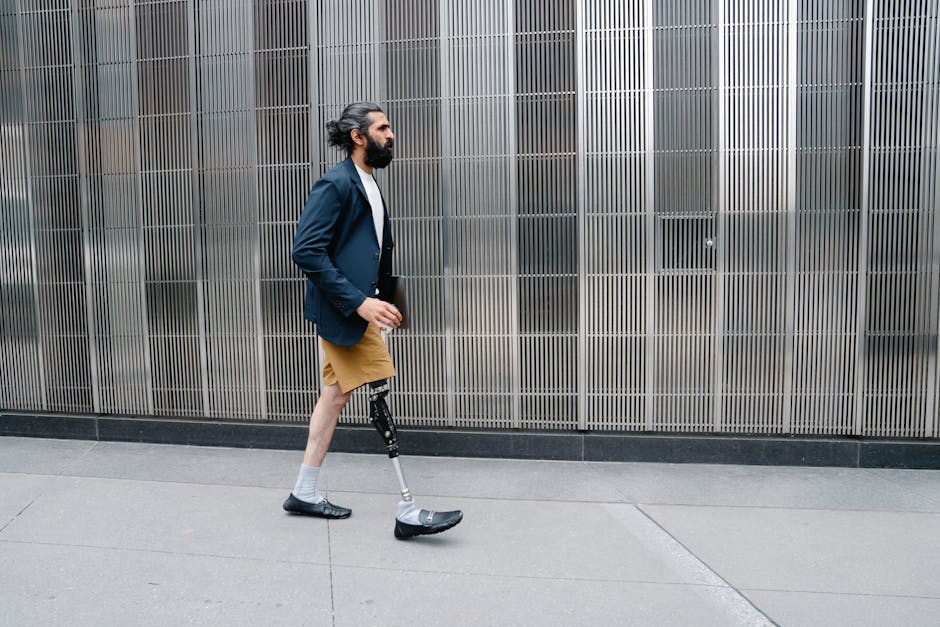
By Lara Jameson via Pexels
Adaptive Clothing for People with Disabilities
Another important aspect of inclusive fashion is adaptive clothing, which is designed to meet the specific needs of people with disabilities. From magnetic closures and adjustable hems to sensory-friendly fabrics and wheelchair-friendly designs, adaptive clothing offers practical and stylish solutions for individuals with diverse abilities.
Many brands and designers are now incorporating adaptive features into their collections, making fashion more accessible and inclusive for all. The rise of adaptive clothing lines like Tommy Hilfiger’s Adaptive collection and Nike’s FlyEase sneakers is a testament to the growing demand for clothing that is both functional and fashionable.
Gender Neutrality and LGBTQ+ Representation
Gender neutrality is another important aspect of inclusive fashion, challenging traditional gender norms and offering clothing options that are free from restrictive labels and stereotypes. From unisex clothing lines to gender-neutral sizing options, the fashion industry is making strides towards a more inclusive and diverse future.
Similarly, LGBTQ+ representation is a key focus of many inclusive fashion movements, with brands like ASOS and H&M featuring LGBTQ+ models and campaigns that celebrate diversity and inclusivity. By showcasing a wide range of identities and experiences, these brands are sending a powerful message of acceptance and support to the LGBTQ+ community.
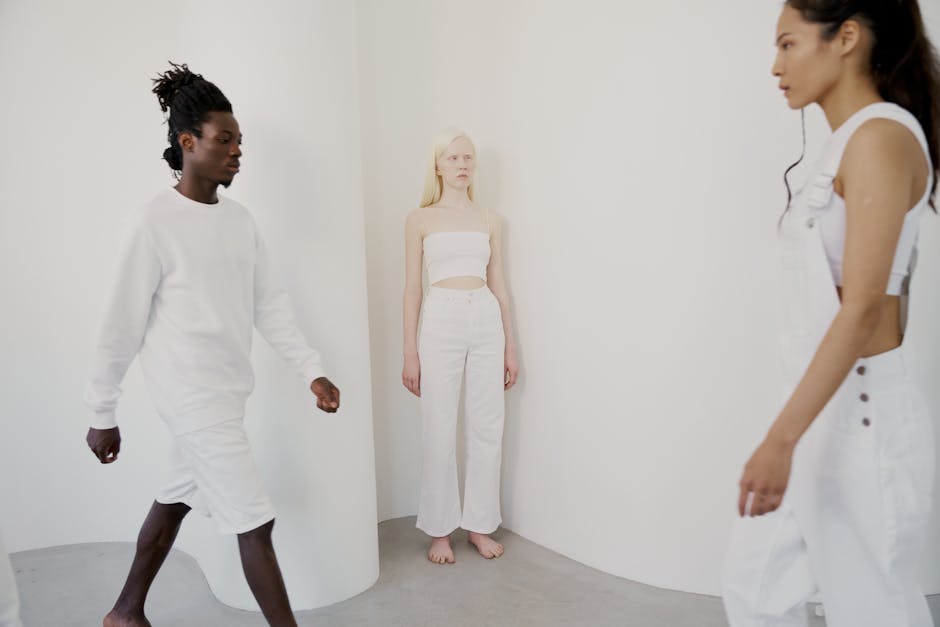
By cottonbro studio via Pexels
Sustainable Fashion and Ethical Practices
In recent years, sustainable fashion has emerged as a key pillar of inclusive fashion movements, with a growing emphasis on ethical practices, eco-friendly materials, and transparent supply chains. Brands like Reformation and Patagonia are leading the way in sustainable fashion, proving that style and sustainability can go hand in hand.
By prioritizing environmental and social responsibility, these brands are not only reducing their carbon footprint but also promoting fair labor practices and supporting marginalized communities. Sustainable fashion is not just a trend; it is a movement towards a more ethical and equitable fashion industry.
Inclusive Fashion in the Media
The media plays a crucial role in shaping public perception and driving the conversation around inclusive fashion. From fashion magazines to social media influencers, the media has the power to amplify diverse voices and challenge stereotypes within the industry.
Many fashion publications are now featuring more diverse models and stories, highlighting the beauty and diversity of people from all walks of life. Social media platforms like Instagram and TikTok have also become powerful tools for promoting inclusivity and representation, allowing creators to share their unique perspectives and experiences with a global audience.
Empowering Change Through Inclusive Fashion
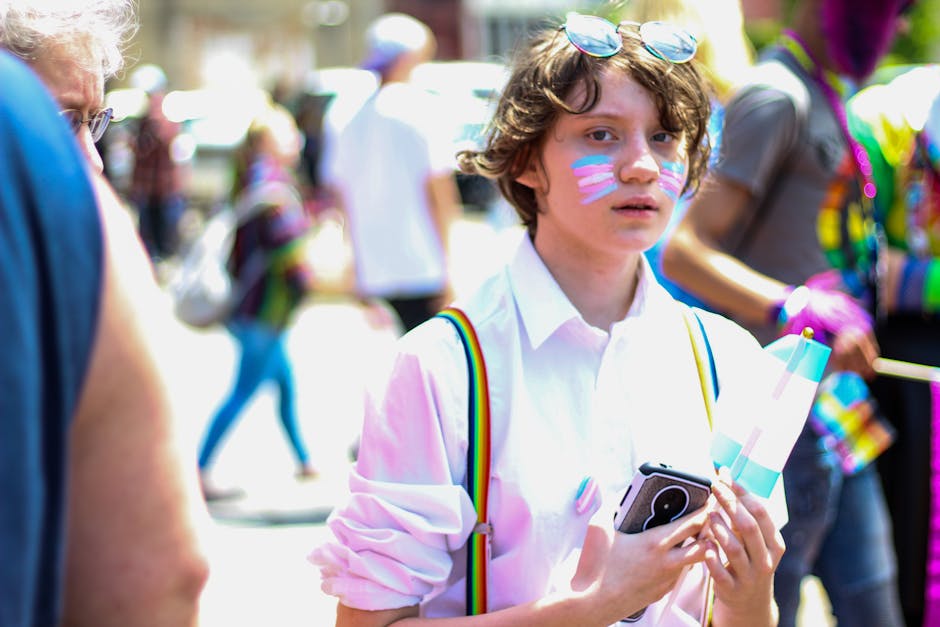
By Rosemary Ketchum via Pexels
At its core, inclusive fashion is about more than just clothing; it is about empowerment, self-expression, and social change. By embracing diversity and challenging traditional norms, inclusive fashion movements are paving the way for a more inclusive and equitable society.
As consumers, we have the power to drive this change forward by supporting brands that prioritize inclusivity and representation. By demanding more diverse and inclusive fashion options, we can help create a more equitable and accessible fashion industry for all.
Expert Opinions
According to fashion industry expert and diversity advocate, Dr. Kimberly Jenkins, “Inclusive fashion is not just a passing trend; it is a fundamental shift towards a more equitable and diverse industry. By embracing inclusivity and representation, we can create a fashion industry that truly reflects the beauty and diversity of the world we live in.”
Conclusion
To wrap things up, inclusive fashion movements are reshaping the fashion industry in profound ways, challenging traditional norms and promoting diversity, inclusivity, and empowerment. From body positivity to gender neutrality, from adaptive clothing to sustainable fashion, the future of fashion is diverse, inclusive, and empowering.
As we continue to support and champion inclusive fashion movements, we can help create a more equitable and inclusive fashion industry for future generations. By celebrating diversity and embracing change, we can build a brighter, more inclusive future for all.

